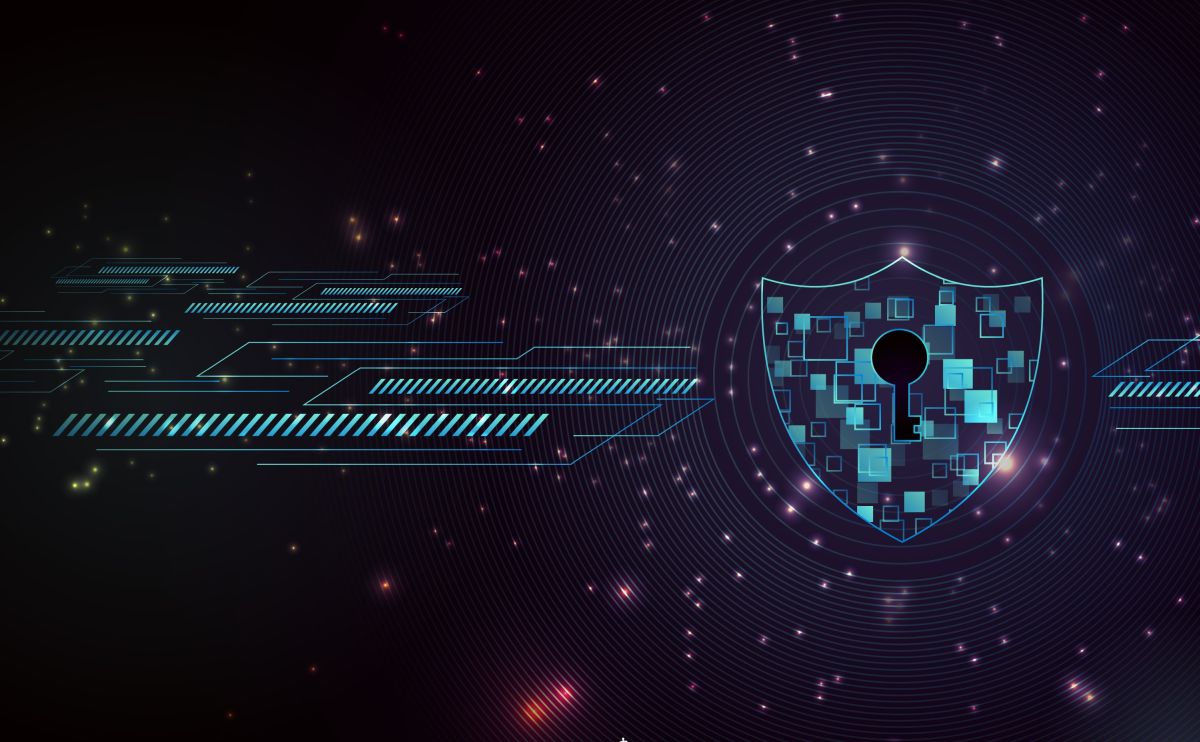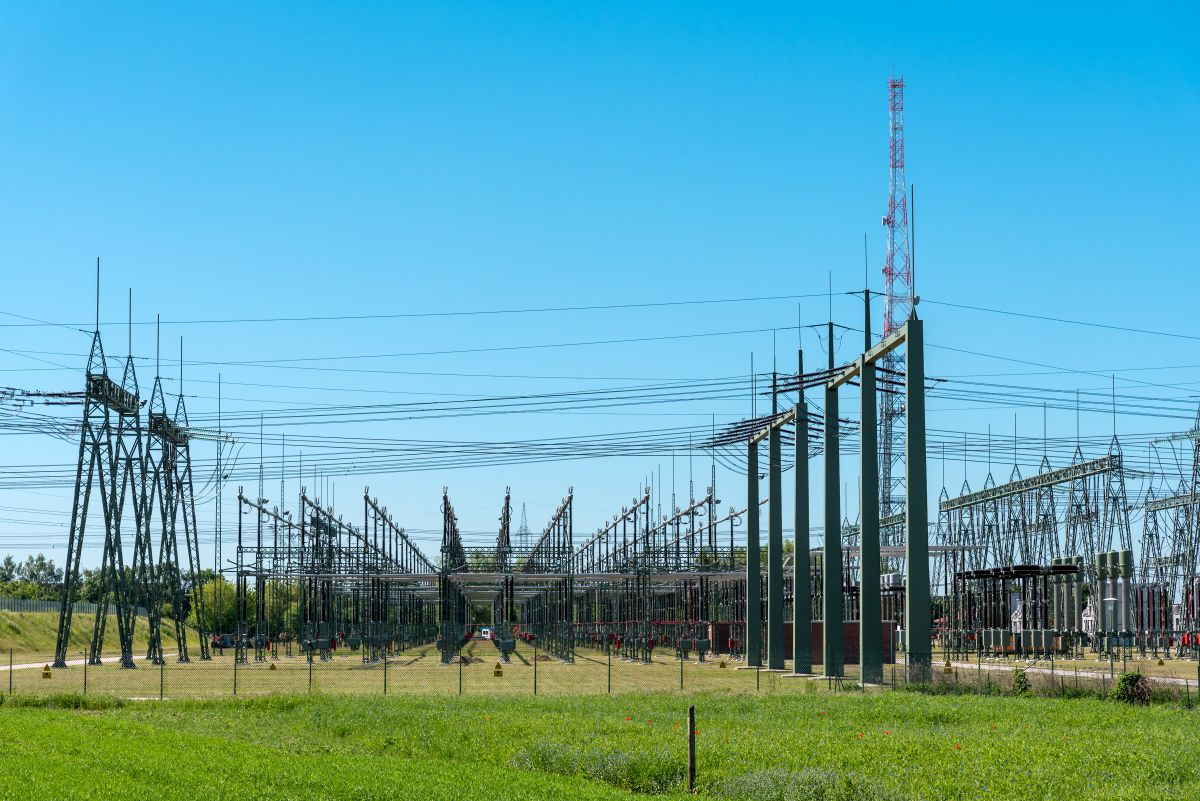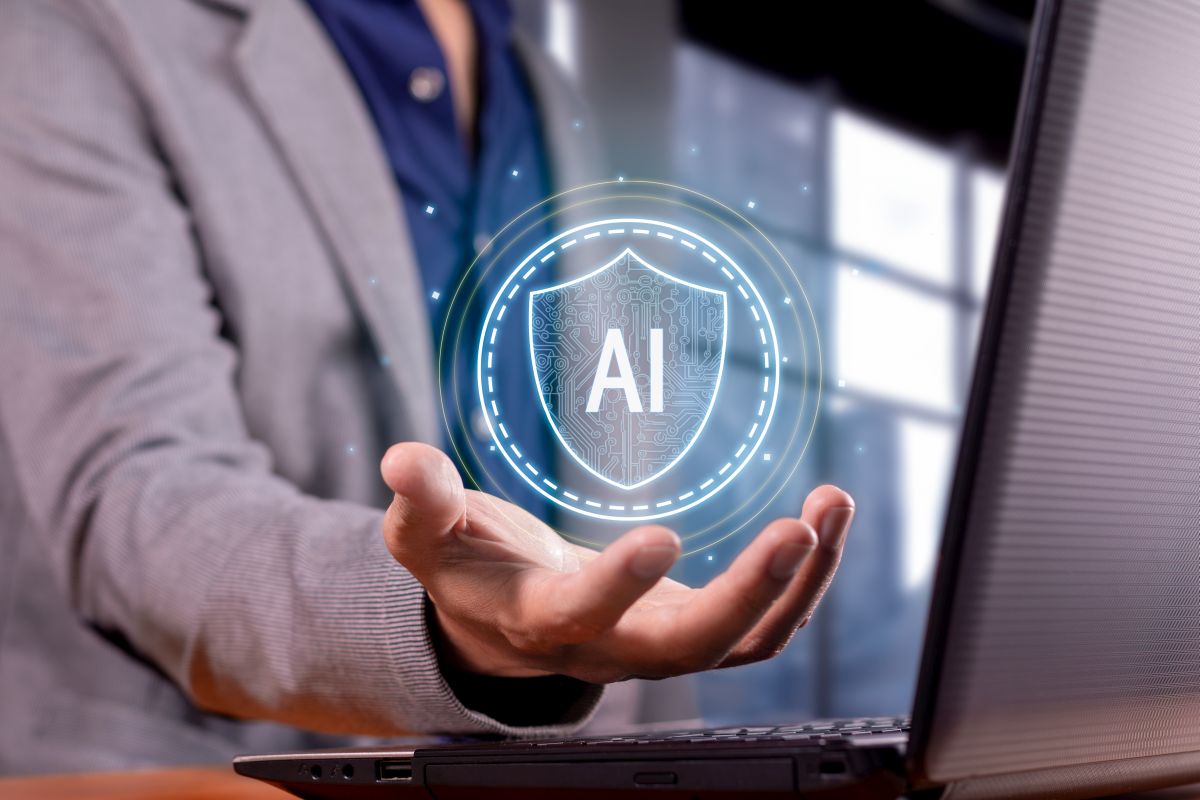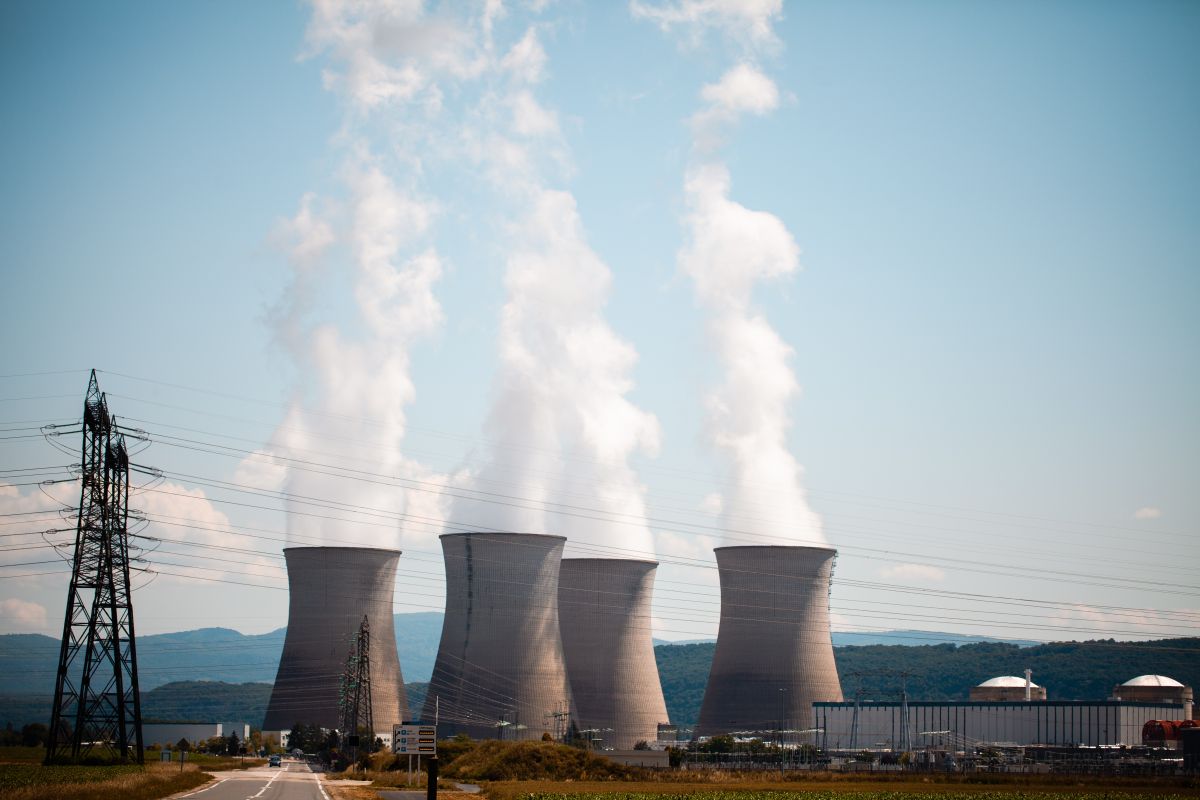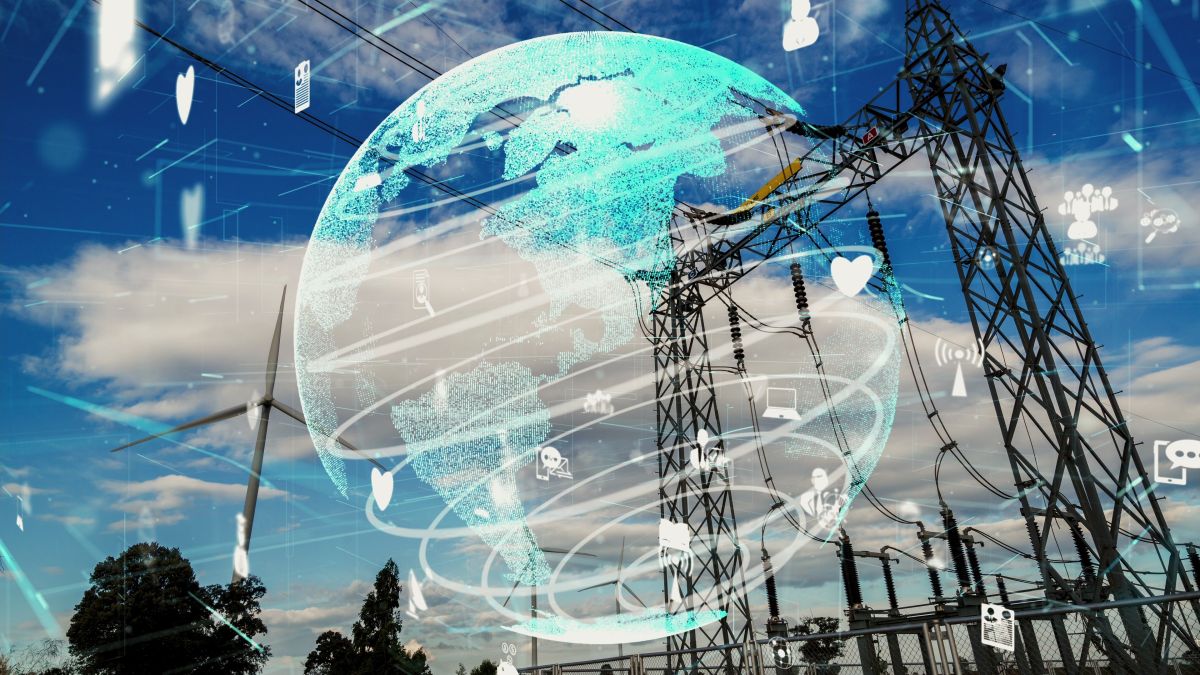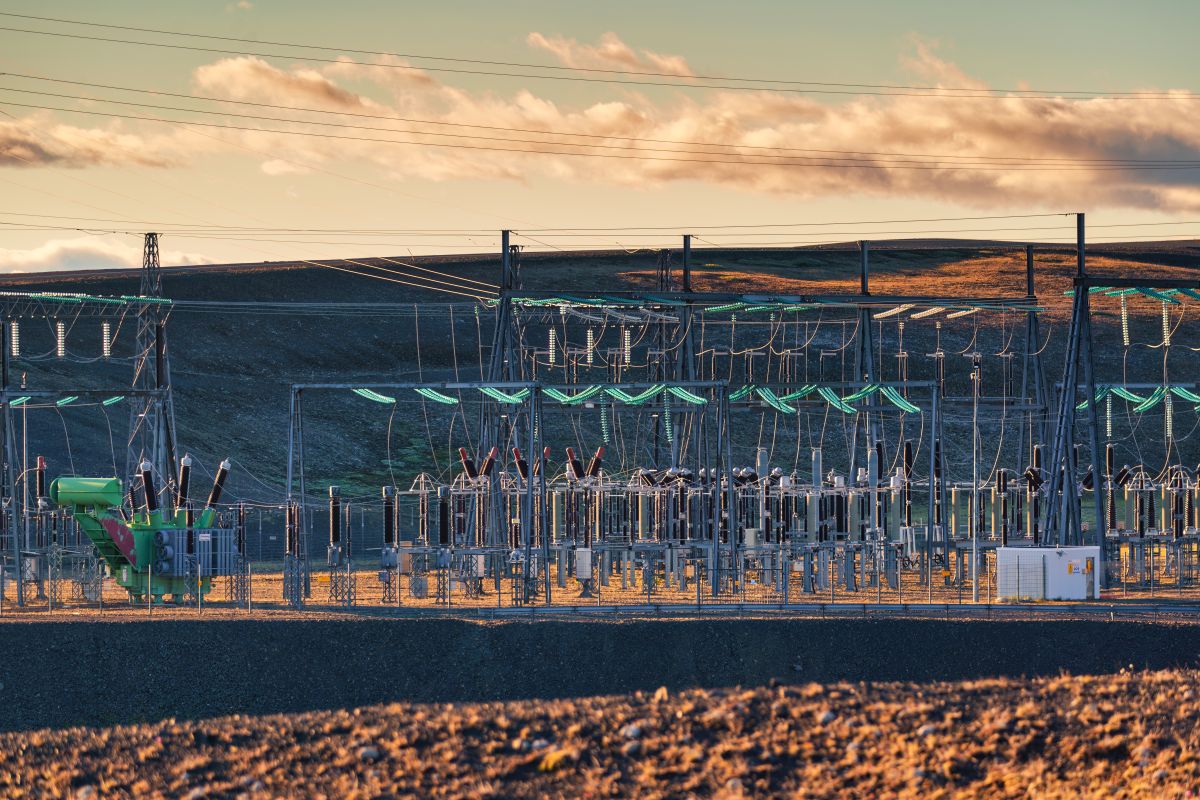The threats to the United States nuclear facilities’ cybersecurity became more violent in 2024. The Nuclear Threat Initiative (NTI) points out that today’s Advanced Persistent Threats (APTs) use aged system infrastructure, misconfigurations, and third-party networks to gain entry into nuclear power plants. The increase in security risks is a reminder that digital protection of nuclear plants is not a temporary but a steady process that complements physical security measures.
The Evolving Cyber Threat Landscape in Nuclear Infrastructure
Digital tools in nuclear infrastructure have improved operational workflows with automation and smooth system connections. This has led to such broader network connections, making the critical infrastructure more vulnerable to cyberattacks, as it is easier for the malicious to exploit the loose ends.
Nation-states, hacktivists, and cybercriminals have ramped up their assault on energy infrastructure, and it is at this point that they see significant benefits from strategic as well as political disruption. Aside from basic data breaches, these adversaries are becoming increasingly capable of mastering advanced attacks against Industrial Control Systems (ICSs), important systems that manage operations in facilities.
According to research, cyberattacks on energy companies have skyrocketed in North America, Asia, and the European Union. Primary suspects in these cyberattacks are groups based in China, Iran, North Korea, and Russia. Such cyberattacks sabotage normal operations and leave room for threats from ecological catastrophes and weaknesses in national security.
Case Studies: Unveiling Vulnerabilities Through Real Incidents
Russian intelligence operatives hacked Wolf Creek Nuclear Operating Corporation’s security between 2014 and 2017 in Kansas. With spear-phishing emails, these agents compromised the business network of the plant, which exposed severe loopholes in how the plant safeguarded it from cyber threats. This is one of many aspects of a larger initiative that penetrated 500 other energy sector organizations and more than 3,300 people, including some at the U.S. Nuclear Regulatory Commission.
The Idaho National Laboratory (INL) had a significant cyberattack in November ’23, according to another incident. The hacktivist group, SiegedSec, breached an off-site Oracle Human Capital Management System and got their hands on the sensitive data of over 45,000 individuals, including bank details, employment information, and security numbers.
These incidents underscore the persistent and evolving cyber threats facing critical infrastructure. They highlight the necessity for robust cybersecurity measures to protect against both state-sponsored attacks and ideologically driven hacktivism.
Regulatory Frameworks: Strengthening Defenses Through Policy
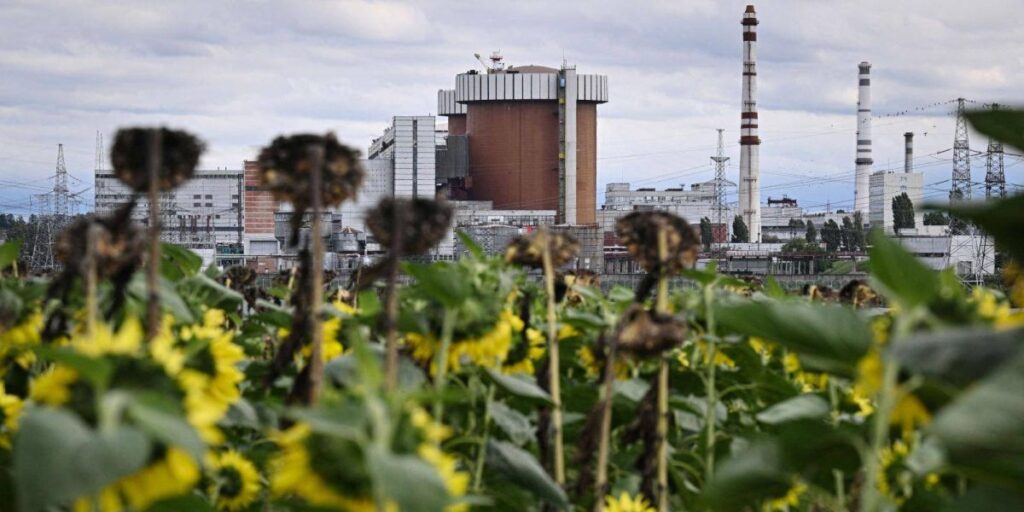
To counter the rise in cyber threats facing nuclear infrastructure, regulatory bodies in the U.S. and abroad have enforced more stringent policies and collaborative frameworks. Below are key regulatory initiatives that shape the cybersecurity landscape for nuclear operations:
- U.S. NRC’s 10 CFR 73.54—Cybersecurity Rule
Every U.S. nuclear power plant must develop its own cybersecurity protocols under the regulation. During their activities, facilities must identify important digital assets, measure vulnerabilities, and establish continuous surveillance systems in order to prevent cyber threats to safety, security, and procedures of an emergency.
- Risk-Informed, Performance-Based Approach
The framework by NRC allows for a graded, risk-based approach that funnels resources towards the systems that have the most to do with ensuring the integrity of the plant and its operations. It encourages efficient application of security controls, thus releasing private sector licensees from a general burden.
- IAEA Coordinated Research Projects (CRPs)
The International Atomic Energy Agency (IAEA) has developed several CRPs addressing the improvement of computer security incident response for its member states. Apart from facilitating research on digital system security, these initiatives help member states to create bespoke competencies in nuclear cybersecurity.
- Global Information Sharing and Training
The IAEA promotes cross-border cooperation via workshops and guidance publications (e.g., IAEA Nuclear Security Series No. 17) and simulated cyber activities. Thus, the IAEA helps all countries, whether they have fledgling nuclear programs, acquire the resources and advice to resist cyberattacks.
Strategic Imperatives: Building Resilience Through Proactive Measures
To fight cyber threats, nuclear operations should have a big, visionary approach outside the boundaries of classic security practices. Such an approach will require the introduction of advanced detection systems, ongoing analysis of network security, and the establishment of an environment where a workplace considers cybersecurity as a critical aspect of its operation. Through constant training and simulations, personnel are more prepared for timely recognition and correction of imminent dangers.
Cooperation between governments, businesses, and foreign organizations is an important feature of distributing necessary intelligence and supporting significant initiatives. In light of the changing tactics of adversaries, securing cooperation should be made a top priority to guarantee continued success. The protection of nuclear facilities is vital for enhancing operation security and global security and strategically requires investment in cutting-edge cybersecurity.
Conclusion
The intersection of nuclear energy systems and cybersecurity forms a key point for modern security research. The discovery of digital vulnerabilities by adversaries underscores the urgent need for robust protective measures and agile response capabilities. The assessment of modern incidents, coupled with new rules and strategic planning efforts, establishes an essential proactive cooperation strategy.
Disclaimer: Any opinions expressed in this blog do not necessarily reflect the opinions of Certrec. This content is meant for informational purposes only.



